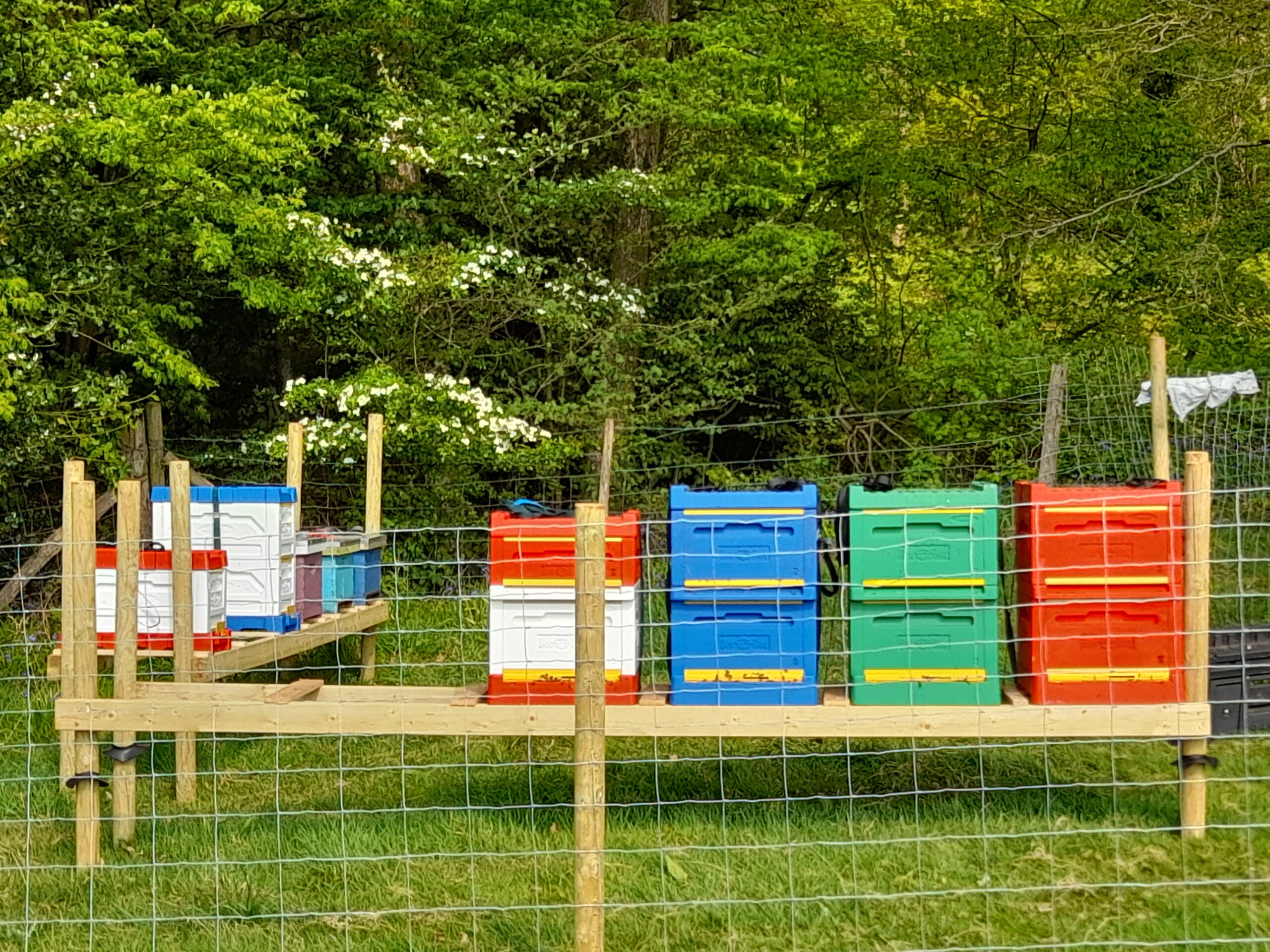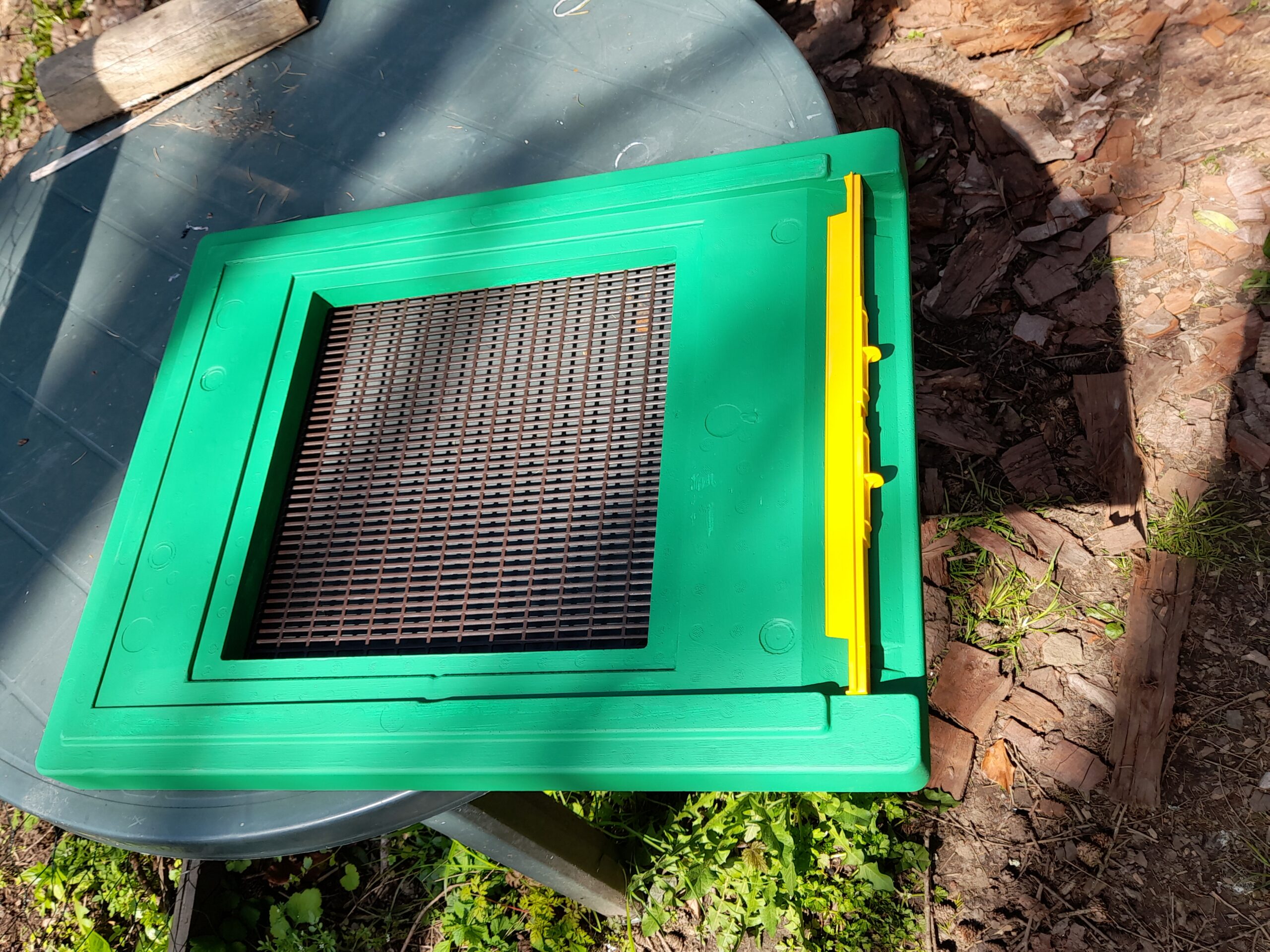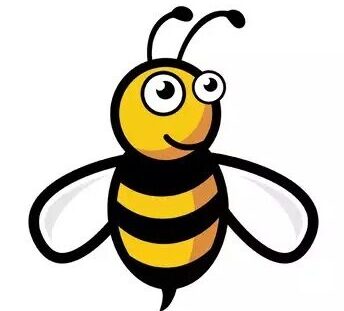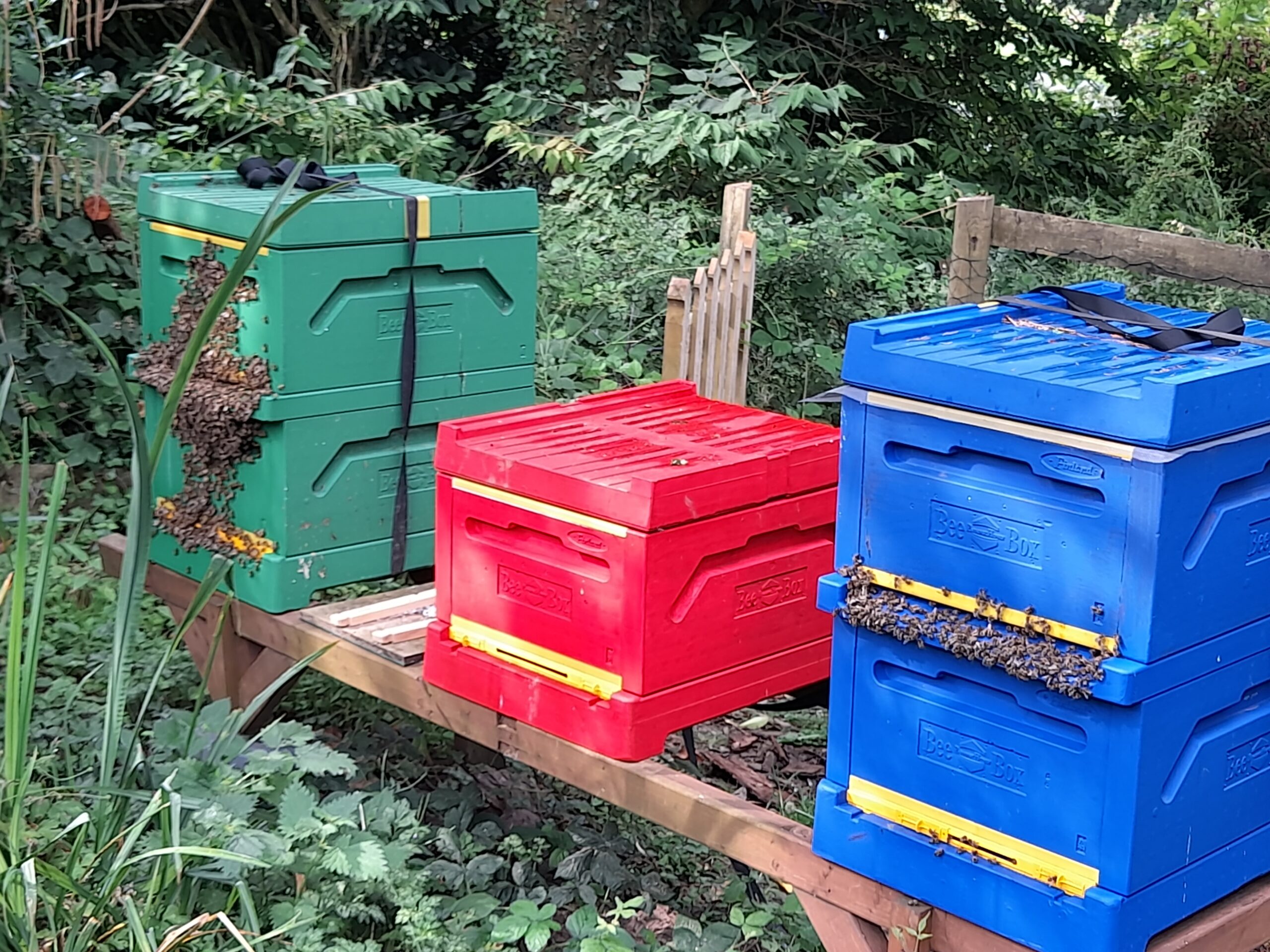I guess that when talking about beekeeping equipment then hives are the place to start. There is a huge amount to think about before you start and it is really important to consider all your choices before you start as it is a real pain to change over along your journey as all your beloved tools and hive parts may not be compatible with your desired set-up in the future.
First choice is the type of hive
There are loads of different types of Hive available. Loosely speaking here are a few of the more popular ones. All hives have pros and cons but it is something really important to think about in the early stages of your beekeeping journey. Whilst not the end of the world, having the wrong hive choice for your desired outcome will be difficult to change and will mean that your equipment inventory will have non compatible parts. This can be a real pain in many aspects so most beekeepers will choose one hive type and stick with it.
- Langstroth – World wide standard
- National – UK Standard
- WBC – Pretty and looks amazing in the garden.
- Top bar hive.
My choice was largely directed by my interest in the Flow Hive system, (review to follow soon) and when I bought into the initial fund raising campaign it was only available in Langstroth. I have therefore stuck to Langstroth ever since, and indeed the flow system. to this date I still don’t own a spinner and only harvest flowing honey from the flow system.
My Preferred Hive setup
My preferred hive set-up is the paradise honey poly hive in Langstroth.

I like poly hives as they are hard wearing, warm in winter cool in summer and very productive as the bees spend less energy controlling the temperature which could result in a better harvest. I have never been able to run a test to see the difference between them and the wooden hives that I also use. The bees seem very happy in them.
Paradise Honey do a really nice set of hives from a number of dealers in the UK (I use Modern Beekeeping). Of primary interest here was the choice of complete hive set-ups as deals. The “Normal” set-up for bee hives tends to be a Brood-and 2 supers with a top and bottom. This however, if you are using the flow system is not a great use of boxes and therefore a very expensive way to go. I could however buy a PH set-up with three brood boxes. This is perfect for the Flow system that can be fitted into a brood box by removing a 1 cm wedge from one of the top rails of the brood box and lowering the hard plastic support. (I’ll try and write a post on this and link it here). Buying one hive with a stack of three deep boxes and one with a single brood hive allows for 2 hives each with 2 deep boxes and is perfect to make 2 hives for the flow system.
The entrance reducer is also really neat on these hives as it allows the hive to be closed, opened or left so that no queens and drones can enter or leave.
Queen Excluders

Paradise honey do an integrated queen excluder with top entrance. The idea here is that you can close down the entrance below the queen excluder to reduce the desire to swarm as the majority of flying bees stay above the QE and in the honey super rather than down in the brood box. There is a process of swarm control where you can close the bottom entirely for short periods when the bees are thinking of swarming, thus preventing the queen from leaving. This method does however also trap the drones. I now set the sliders on the top entrance to keep the drones out. You’ll note in the pictures above that the entrance reducer is not in place. There is also space for a custom built bee escape to fit into the space above the QE but below the honey. This will be trailed in 2024.
Hive naming
I trend to name my hives after the colour and material of the brood chamber:
- Red Polly Hive (RPH)
- Green Poly Hive (GPH)
- Blue Poly Hive (BPH)
- Red & White Polly Hive (RWPH)
- Light Blue Wood Hive (LBWH)
- Purple wood (PWH)


2 thoughts on “Bee Hives”